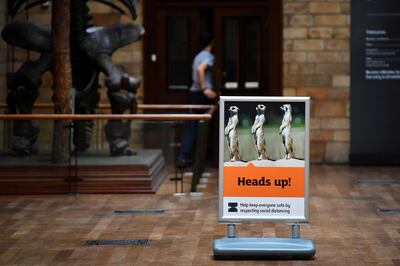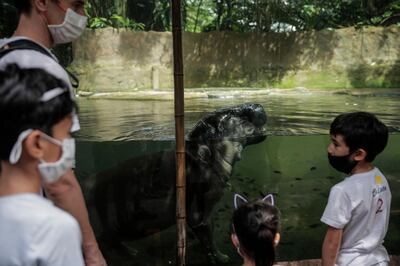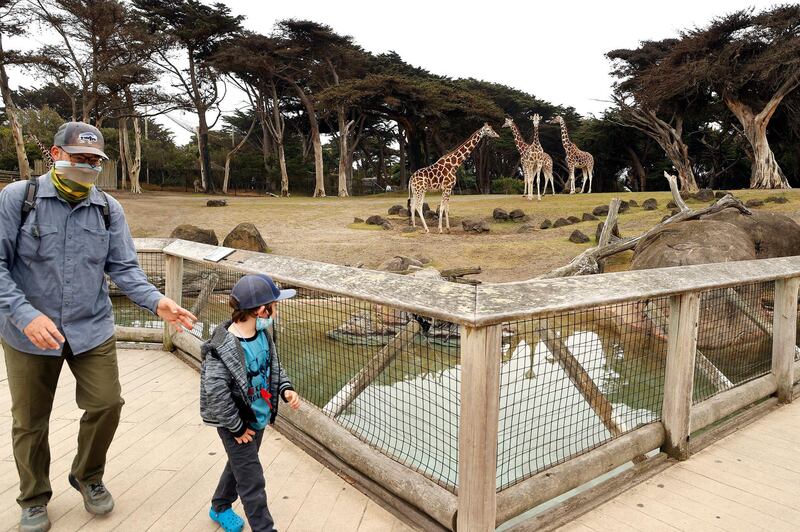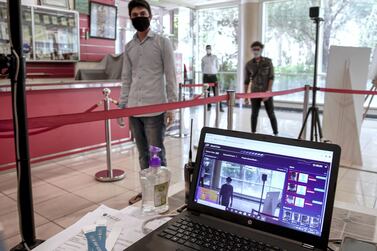Most of us can do little about the daily developments in the Covid-19 crisis except to take precautions and get on with life. That doesn’t mean, however, that we should not consider how things have changed and will continue to change once the pandemic begins to fade.
Some aspects of former life may vanish altogether or be so radically changed that they become unrecognisable. Others may require urgent attention, like the impact of the pandemic on issues close to my heart: conservation of the world’s environment and the preservation of heritage.
Last week, the Mohamed bin Zayed Species Conservation Fund issued results of a survey of more than 300 conservationists in 85 countries carried out with the small conservation organisations whose work they help to fund. It was a gloomy picture. Many such bodies are dependent on tourism to help finance their activities. With the dip in visitors, their income has naturally been affected.
The organisations supported by the MBZ Fund are all fairly small. Much larger conservation bodies too whose work is of global significance have suffered badly. The Zoological Society of London, for example, a leader in the international conservation field, is on the verge of bankruptcy because of the closure of its main money-earners, London and Whipsnade Zoos.
In my other home of Jersey, the world-renowned Durrell Wildlife Preservation Trust has suffered similarly from the closure of its zoo for most of the spring and summer. Although it has reopened there are far fewer visitors than normal. With income taking a hit, bodies like these will be left with much less to spend on conservation.

Institutions devoted to heritage are in a similar state. The 174-year-old Sussex Archaeological Society, the oldest body of its kind in England, has warned that it may have to cease operations at its various attractions as the result of the lockdown. So far, it has lost an estimated £1 million (Dh4.8m) in entrance fees. Among its properties is the 1,900-year old Roman palace at Fishbourne in West Sussex, the largest Roman building known in Europe north of the Alps. What a tragedy it would be if that were to close.
Also in the UK, the Birmingham Museums Trust has issued an urgent appeal, noting that it is being forced to plan substantial job losses and reductions in the services it can offer through its nine museums and heritage centres. Among those services are special sessions for more than 100,000 schoolchildren a year, teaching an awareness of history and heritage to the younger generation.

I have only given British examples but much the same applies to institutions involved in conservation and heritage elsewhere in the world. Some have already announced that they are closing their doors forever.
As we look forward to a time when Covid-19 becomes a memory, the world will face huge challenges. Re-employment, the alleviation of poverty, healthcare, in particular mental health, will require enormous sums of money and time to tackle effectively. Governments will face huge demands on their resources, while the plight of more needy countries will require international attention.
There will be more demands too on philanthropic and humanitarian organisations, at a time when resources will be more scarce.
In such a situation, how much priority can be given to support conservation? However much we realise the need to save wildlife and to move towards a more sustainable relationship between man and the environment, money may well be allocated to other causes.
I have no serious concerns about the recognition of the need to preserve and to teach the past in the Emirates. The lesson offered by the late Sheikh Zayed has been well learnt: “he who does not know his past cannot make the best of his present and future, for it is from the past that we learn.”
I am less certain, however, about other countries.
In the post-Covid-19 era, will the preservation of heritage and conservation be of sufficiently high priority? Or will the institutions, both government and voluntary, that have done so much to preserve and promote them over the years be left to wither upon the vine?
Governments, philanthropists, humanitarians and indeed all of us have some hard choices ahead. I wonder how our performance will be viewed by the generations to come. To quote Sheikh Zayed again: “These resources are not ours alone, they also belong to our children and their children."
Peter Hellyer is a consultant specialising in the UAE's history and culture






